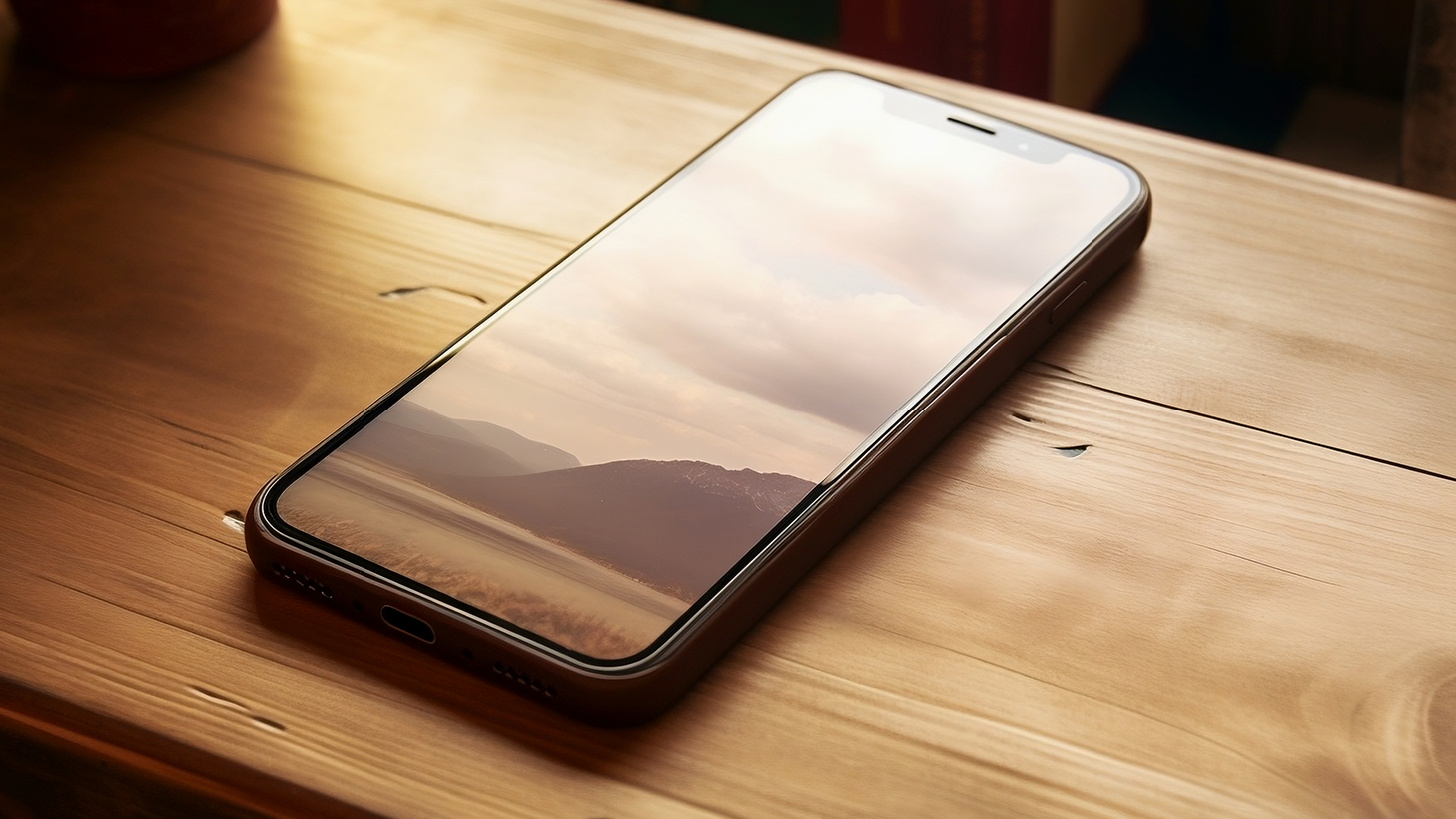05-02-2025

The iPhone SE 4 is on its way! While Apple has yet to share official details, numerous reliable leaks and rumors already give us a good idea of what to expect. As a mobile repair technician, it’s wise to prepare in advance, as every new model brings both challenges and opportunities. In this blog, you’ll find everything you need to know about the key changes to the iPhone SE 4, including its design, hardware, and potential repair challenges. This way, you’ll be well-prepared when the first devices arrive at your workspace!
The iPhone SE 4 is expected to launch in March or April 2025. Apple often releases its budget models in the spring, and according to various reliable sources, this timing seems likely for the SE 4 as well.
As a repair shop, it’s wise to prepare for this. Make sure you have the right parts and accessories in stock so you can quickly assist customers with repairs. Don’t forget to advise them on protection, such as screen protectors, to help prevent damage to their device.
One of the biggest changes to the iPhone SE 4 is its design. The device is expected to be based on the iPhone 14, featuring a 6.1-inch OLED display and a notch. This likely means the end of Touch ID and the introduction of Face ID.
This is a significant shift compared to previous SE models and could impact the availability of screen and housing components.
What Does This Mean for Your Repair Shop?
Availability of Parts: In the early stages, parts may be harder to obtain. Clearly communicate this to your customers so they understand the situation.
Screen Repairs: Since OLED screens are more fragile, it’s a good idea to stock up on various screen protectors, such as Case Friendly, Edge to Edge, and Edge to Edge Privacy. Recommend these to your customers to help prevent repairs.
A18 Chipset and 6GB RAM: the iPhone SE 4 is likely to feature the A18 chip, which means the internal layout of the motherboard could change. This may affect how you disassemble or replace components.
Custom Apple 5G Modem: Apple is expected to use its own 5G modem in the iPhone SE 4. This means you may need new tools and components to replace or repair the modem, with potential compatibility issues.
New Battery (3279 mAh): The battery in the iPhone SE 4 is getting an upgrade compared to previous SE models. This may make battery replacements more challenging due to the larger capacity and different mounting methods.
Did you know that the iPhone SE (2020) used the same A13 Bionic chip as the iPhone 11 series? This gave the device impressive performance for its price, making it one of the fastest budget smartphones on the market.
As mentioned earlier, the SE 4 will feature a 6.1-inch OLED screen, which is a first for the SE line. This brings several important implications:
Higher repair costs for screen replacements: OLED screens are more expensive to produce than the LCD screens used in previous SE models, meaning the cost of screen replacements will be higher. Additionally, OLED screens are more susceptible to burn-in or color shifting, so you’ll need to be extra careful during repairs.
Potential difficulties in disassembly: OLED screens may be mounted differently than the LCD screens in previous SE models. This could affect how you open the device or remove the screen components. You may need to adjust your techniques or tools.
New calibration processes: Apple doesn’t allow screen repairs without proper calibration. OLED screens may require specific software checks to ensure the replacement screen works correctly. This means you might need additional software tools or calibration procedures.
The SE 4 is likely to feature a 48 MP main camera, an upgrade from the 12 MP camera in the SE 3. This could mean:
New camera lenses and modules: With the upgrade to a 48 MP camera, the camera lenses and modules will be different from those in the SE 3. This means you’ll need to stock up on new parts once the SE 4 is released.
Changes in internal layout: The new camera may alter the internal layout around the camera area. This could impact how you disassemble the device and replace the camera. Expect different mounting methods or a different placement of parts, which will require an adjusted approach.
Like the iPhone 15 series, the iPhone SE 4 will transition from the Lightning port to USB-C. This change is partly due to EU legislation requiring manufacturers to use a unified charging port for mobile devices starting in 2024. This impacts several aspects:
New chargers: Customers will no longer be able to use their old Lightning chargers and will need to switch to USB-C chargers. This presents an opportunity for your repair shop to sell accessories such as USB-C cables and chargers.
Fast charging: USB-C offers advantages such as faster charging times and broader compatibility with other devices, which will be attractive to customers.
With the arrival of Apple Intelligence, the iPhone SE 4 is likely to feature advanced AI capabilities. This could mean that there will be more software restrictions during repairs, especially when replacing parts with non-original Apple components. It may become more difficult to perform certain repairs without the device detecting that it’s not using original parts.
The iPhone SE 4 brings several major changes. The device will feature a 6.1-inch OLED display, Face ID, the A18 chip, and a 48 MP camera. It will also switch to USB-C, meaning old chargers will no longer work. As a repair technician, you’ll need to prepare for new parts, potentially more complex repairs, and software restrictions due to iOS 18. Make sure to stock the right parts in advance and communicate these changes clearly with your customers.
Stay up to date with the latest developments and updates by following our blogs and connecting with us on LinkedIn.
We are available from Monday till Friday from 09:00 - 17:00 (CET)